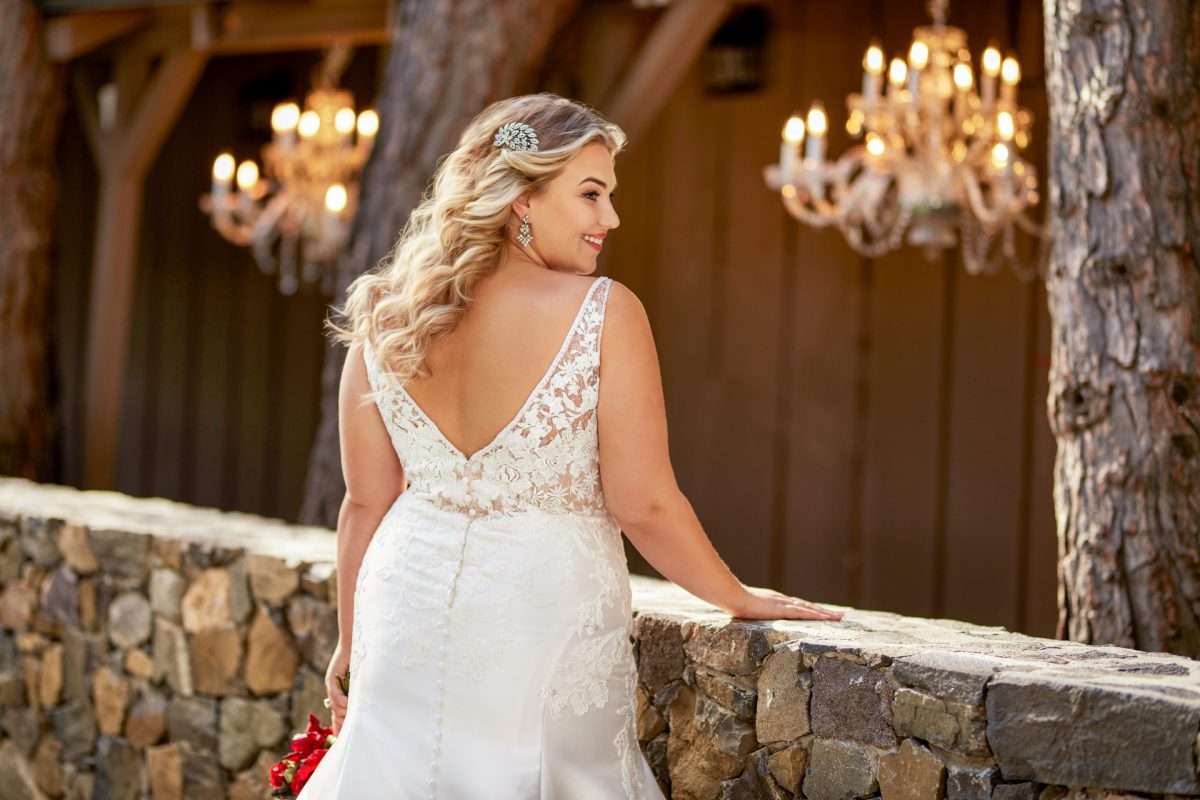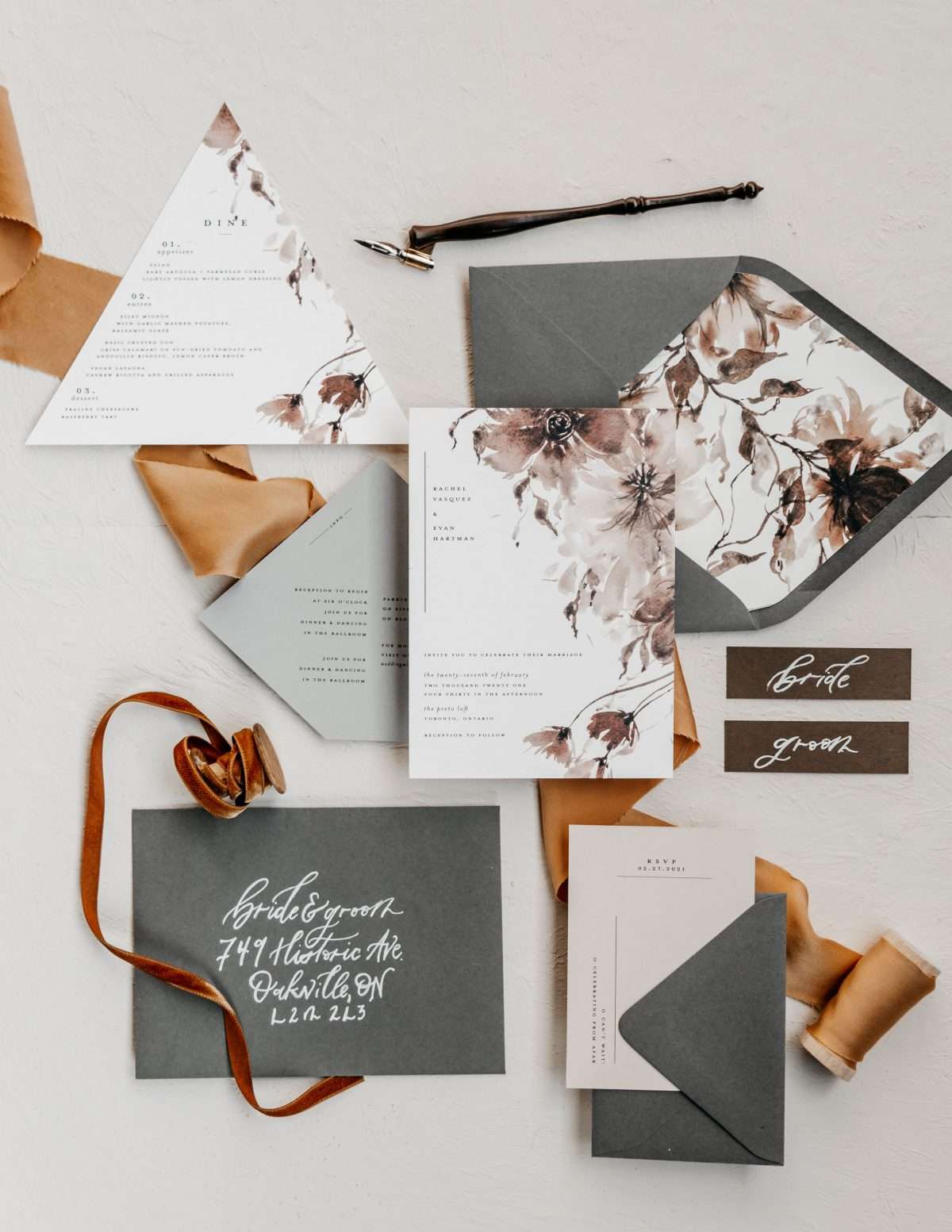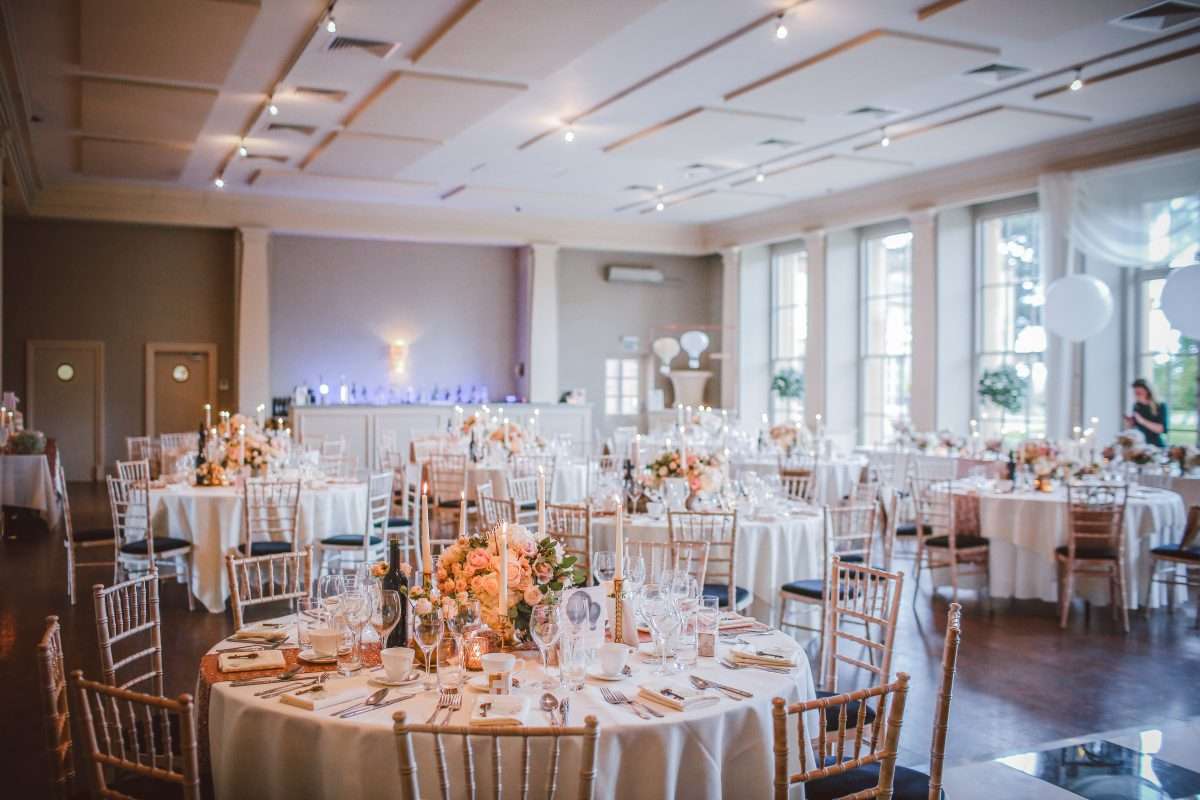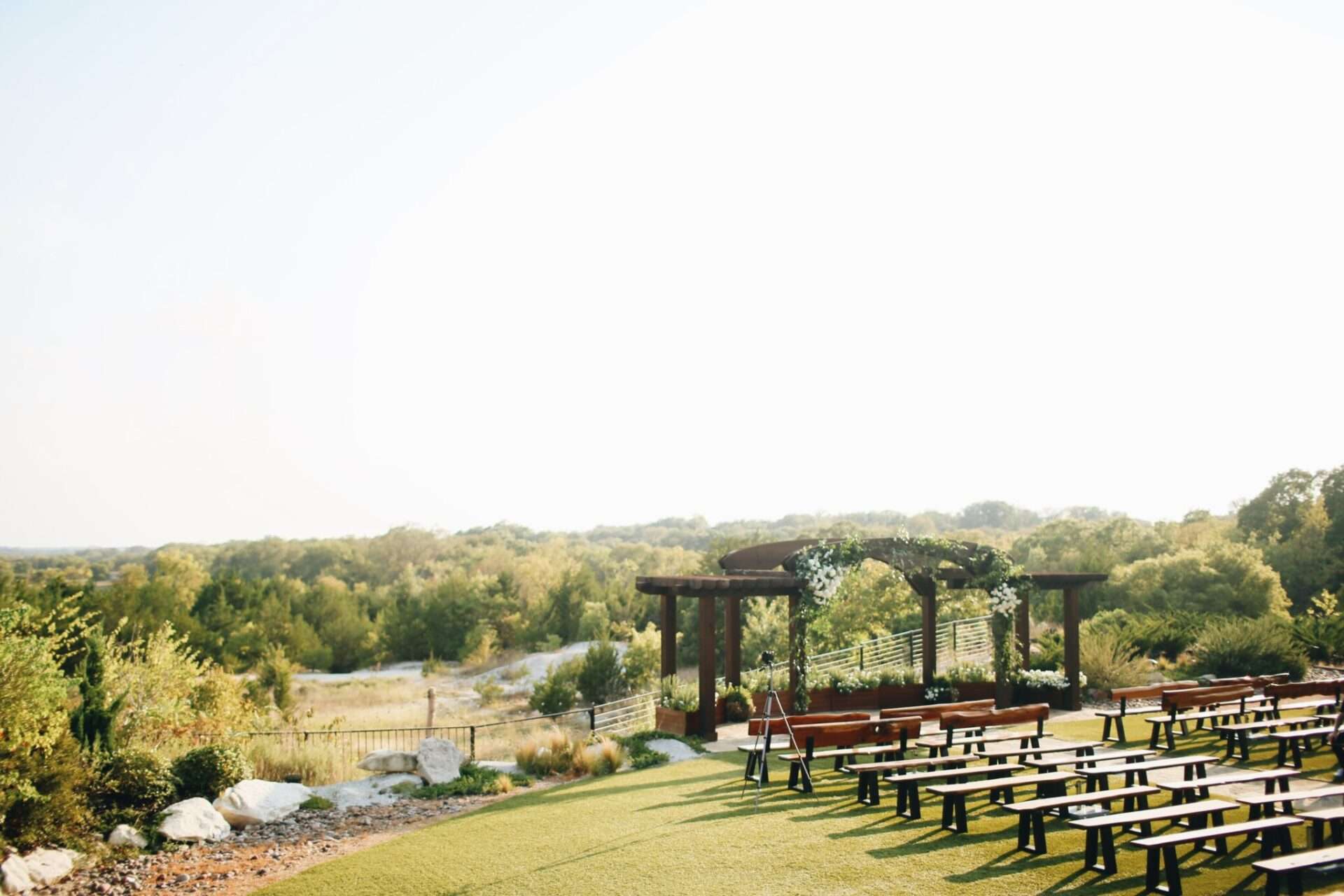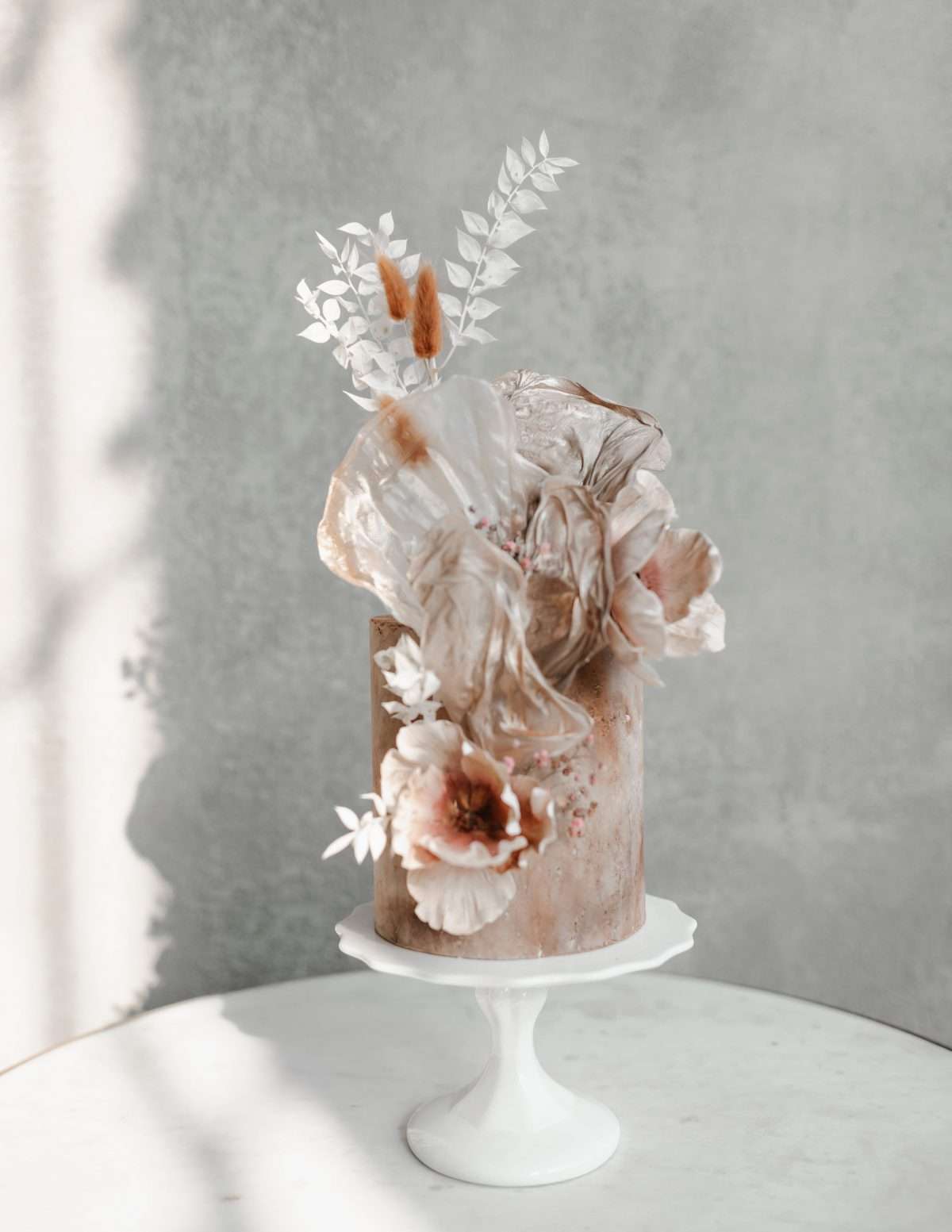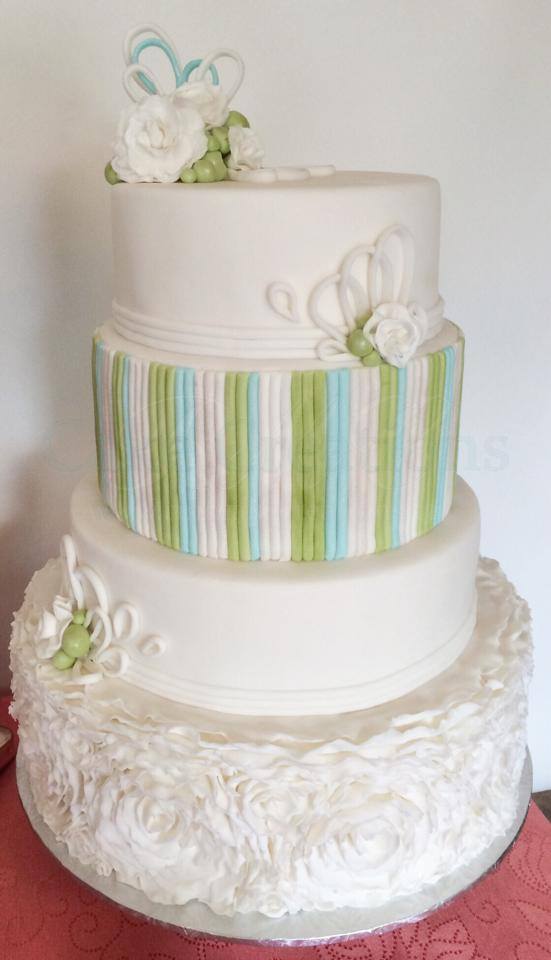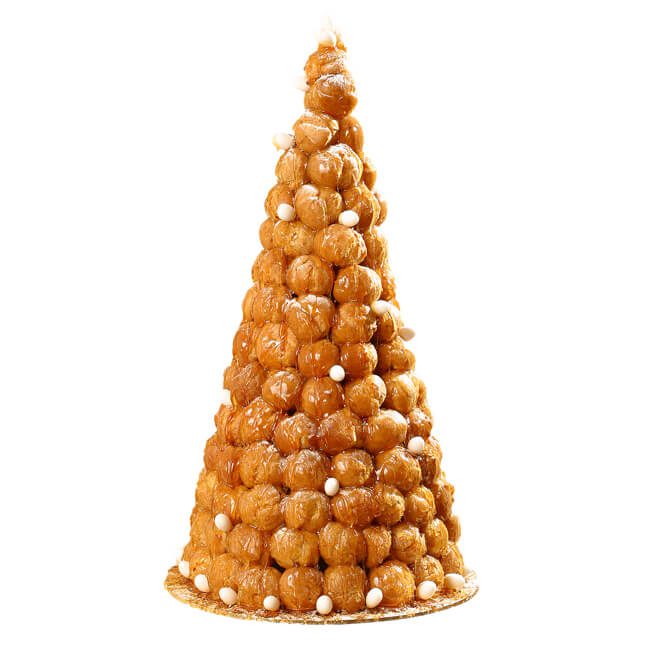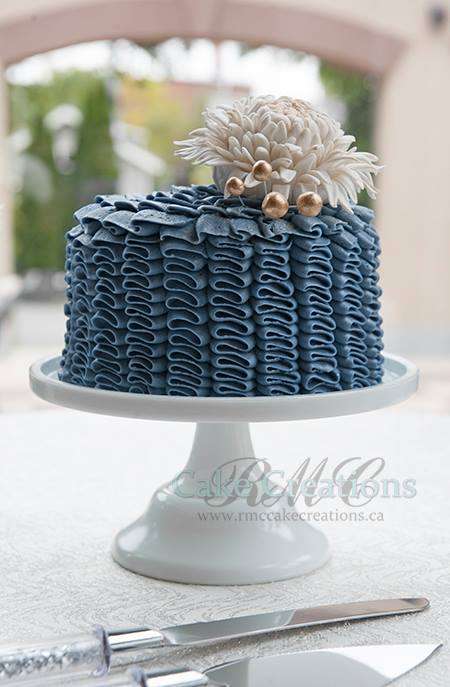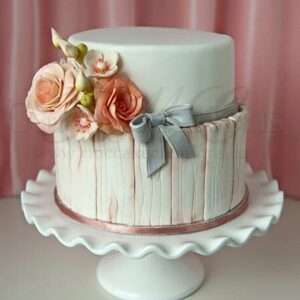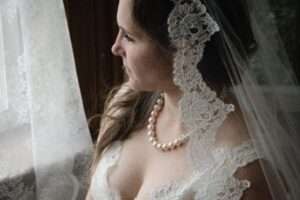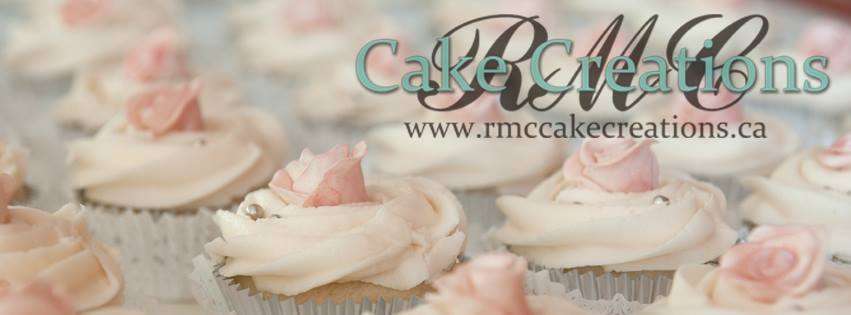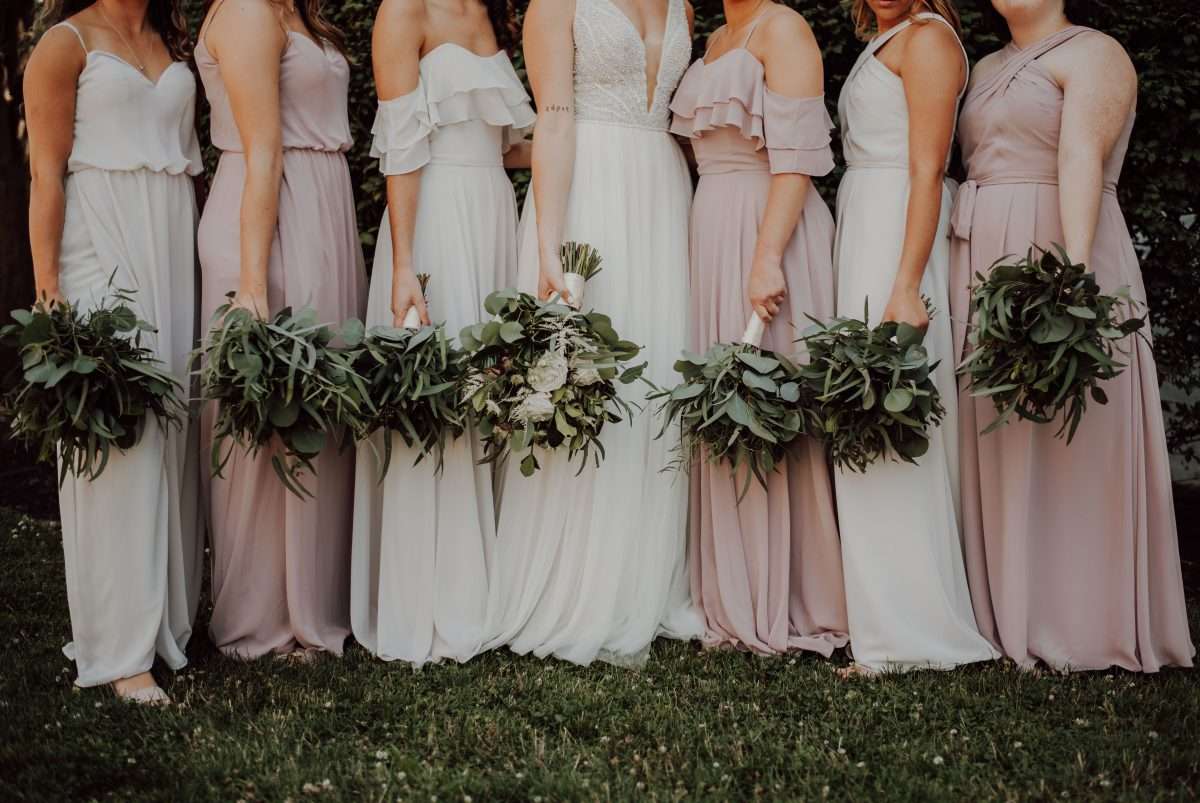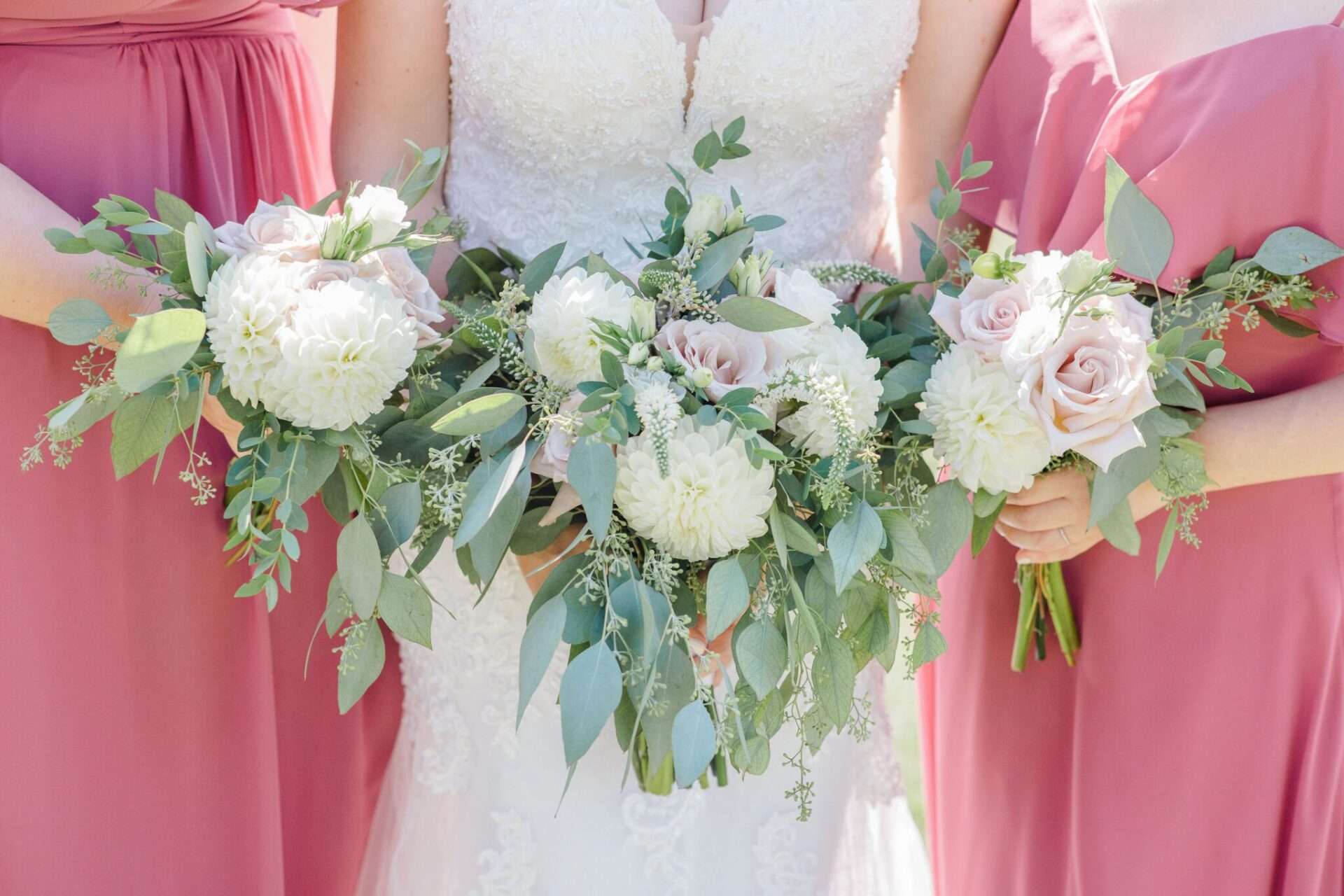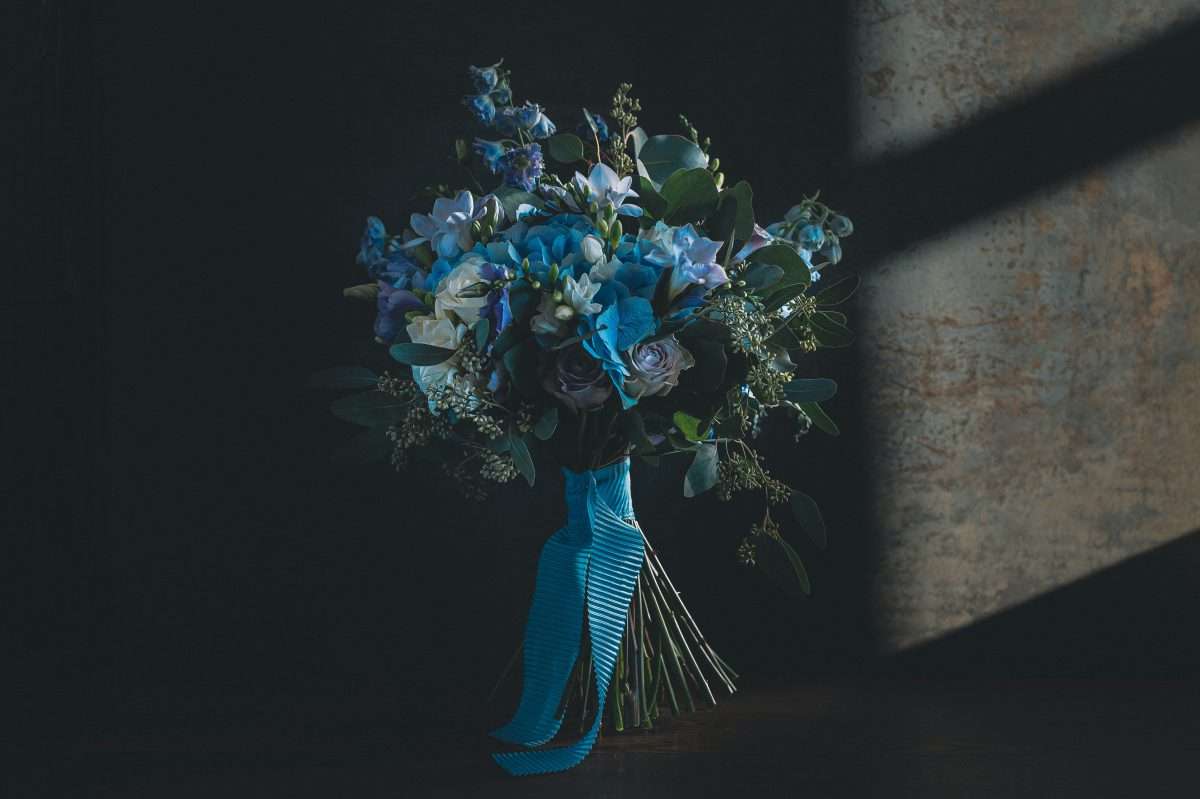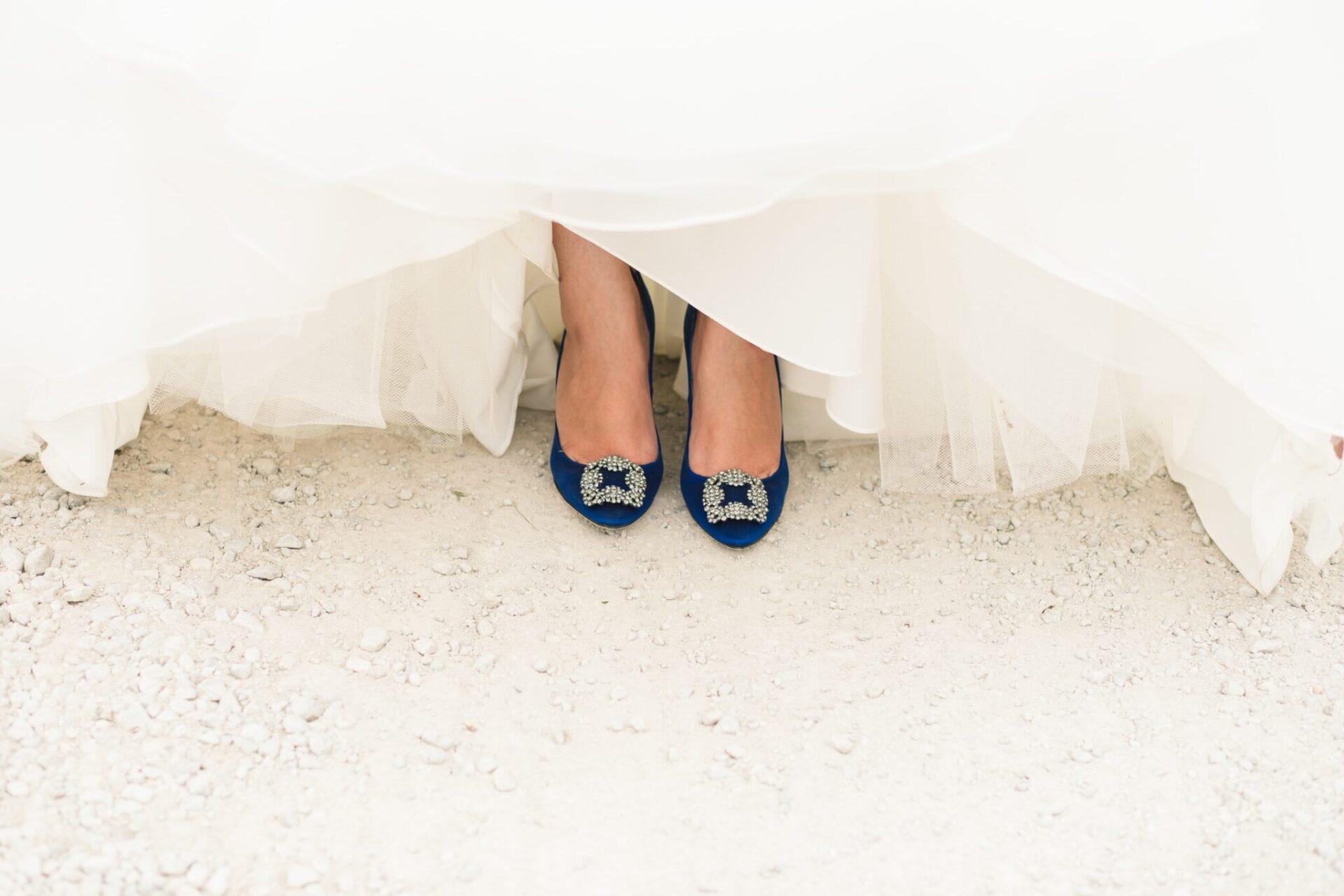PLUS-SIZED WEDDING DRESSES: TIPS TO SHOP SMARTER
Fashion doesn’t stop at size 12, and neither do designer wedding dresses. No matter what their size may be, women should always feel empowered, and it’s never been easier to find the perfect plus-sized wedding dress with our outstanding selection of dress sizes.
Our team of dedicated wedding dress specialists can help you through the entire selection and preparation process. You’ll never have to sacrifice style or comfort when it comes to your dream dress with us. Our team of professionals love sharing their knowledge to provide you with the tips you need to shop for plus-size wedding dresses so you can feel confident, radiant, and sexy when you walk down the aisle!
PREPARATION IS KEY WHEN
SHOPPING FOR PLUS-SIZED WEDDING DRESSES
Dress shopping requires a lot of preparation and research, especially if you’re in the market for a plus-sized wedding dress. Arriving at a bridal salon without knowing what you’re looking for and without having the necessary undergarments and shoes can leave you feeling frustrated before you’ve even begun dress shopping.
Here are a few ways you can prepare yourself for wedding dress shopping that will ensure you get the best experience at Sinders Bridal House.
DO YOUR RESEARCH!
You may already have an idea of the type of dress you envision for the big day, but it never hurts to explore distinctive styles and options! Browse designers and shops online and flip through bridal magazines. Take note of the dresses that catch your eye and watch for what they do or don’t have in common. It might surprise you!
Always remember, the style, design, and material you have in mind can completely change as you try on dresses, so keep an open mind.
DETERMINE A BUDGET
To make your life easier, set your budget range before you start your search for the perfect wedding gown.
This will help you avoid trying on dresses that are potentially way out of your price-range which can cause confusion while shopping. Share your budget with our bridal dress stylists , and they’ll find you dresses that suit your style, personality, and price range.
DISCOVER WHAT STACEY & MEGHAN ARE UP TO
and get a sneak preview of Sinder’s Bridal Guide for free!
By completing this form and clicking on the Submit button, I expressly consent and agree to receive e-mails from Sinders Bridal to the e-mail address provided.
PREPPING HEAD TO TOE
Try not to wear too much makeup, if any at all. You’ll be getting in and out of multiple dresses over the course of the afternoon which can leave you feeling hot and sweaty. That means running makeup! This combination also potentially runs the risk of ruining the dresses so make sure your face is clear of any foundation and heavy makeup.
It might sound odd, but there is such a thing as a bad choice when picking your bra, underwear, and shoes for the day, especially when it comes to shopping. We’ve all been there! It’s important to make sure you’re comfortable while shopping for plus size wedding dresses.
Wearing your favourite pair of underwear that is both sexy and practical will elevate your mood and help you look your absolute best in the gowns you try on.
Also, remember to pack a strapless bra and your wedding shoes, if you’ve already found them. A lot of wedding gowns don’t suit a standard bra so bringing your strapless will help you see the dress the way it was meant to be seen. If you’re still on the hunt for the perfect shoe for your wedding day, pack a pair that are around the same height as the ones you want to wear on your special day, so you can get the full effect as you try on dresses.
FLATTERING STYLES FOR PLUS-SIZED BRIDES
Today’s plus-sized bride has endless options when it comes to wedding dresses. You can wear virtually any design and not have to sacrifice comfort or style. Here are the most flattering styles for plus size wedding dresses that create a gorgeous silhouette to make you look stunning on your big day.
- A-line dress
- Empire waist dress
- Trumpet dress
- Column dress
- Dropped waist or mermaid dress
- Wrap-style dress with bell sleeves
These wedding dress styles hug your body in all the right areas and make curvier figures look radiant leaving you with a jaw-dropping silhouette that will be perfect for your wedding day. You will feel the confidence once you try these style options on!
When it comes to the pattern and material of your wedding gown, you can never go wrong with fabrics like taffeta, organza, and duchess satin. These structured materials flatter any figure. Layered ruching, lace, floral patterns, and beaded details will also work with your body to create an elegant look on your wedding day.
Here’s a list of other friendly fabric options that are perfect for a plus size wedding dress:
- Brocade
- Dupioni
- Faille
- Gabardine
- Moire
- Peau de Soie
- Pique
- Satin
- Taffeta
- Velvet
IT’S ALL IN THE DETAILS
Dresses adorned with lace, ruching, and beaded or embroidered details can be very forgiving and often accentuate curves. Gowns with an intricate bodice are dramatic, feminine, and flattering on plus-sized brides. You can highlight your best features with these details.
When thinking about the sleeves for your wedding dress, opt for long lace sleeves especially if you’re planning a fall or winter wedding. Alternatively, if you’ve decided on a summer wedding, try dresses with cap sleeves or that are entirely sleeveless for the ultimate in feminine elegance.
Your neckline should be open and have simple, clean edges like the classic v-neck or sweetheart neckline. You can also try illusion necklines for a sexier look.
WHAT TO AVOID
Not all fabrics are created equal, so while you’re shopping for plus-sized wedding dresses try to avoid flimsy fabrics like silk, charmeuse, crepe, and chiffon. These thin and delicate garments will not only skim over your body leaving you with zero support, but they’ll magnify every detail.
GET DIRECTION FROM A BRIDAL STYLIST
Looking stunning on your wedding day comes easy when you’ve got the love and support of your family and friends.
Imagine a day to yourself at Sinders Bridal House! Sipping wine and trying on dresses for an entire day is an experience that will be remembered by you, your family, and friends for a long time. Contact us to book your very own private shopping day!
Now, there’s no doubt that opinions from your family and friends matter when it comes to selecting your dream dress. However, keep in mind that when you visit Sinders Bridal House, you’ll be surrounded by highly trained and experienced professionals who are there to help you look your absolute best! Our team takes pride in their passion and want nothing more than to leave you feeling beautiful and confident at the end of the day.
There’s only so much you can learn by browsing the internet or reading bridal magazines. Speaking with our professionals and getting correct advice will help you make an informed decision when it comes to the look and style of your dress.
At Sinders, our team has helped thousands of brides have a perfect wedding day, so you can trust them to give you the experience of a lifetime when searching for your perfect wedding dress!
LOVE YOUR CURVES!
Shopping for your dream wedding gown is a fun and joyous occasion! Sure, there might be some potentially stressful moments throughout your journey towards the perfect dress. But take these challenges in stride, and each step you take will bring you closer to finding “THE” dress you will shine your best in.
So be positive, and take in the moment! You’ll have fun while shopping for your dress at Sinders Bridal House.
And remember, the love of your life is marrying you, not the dress you wear to walk down the aisle.

